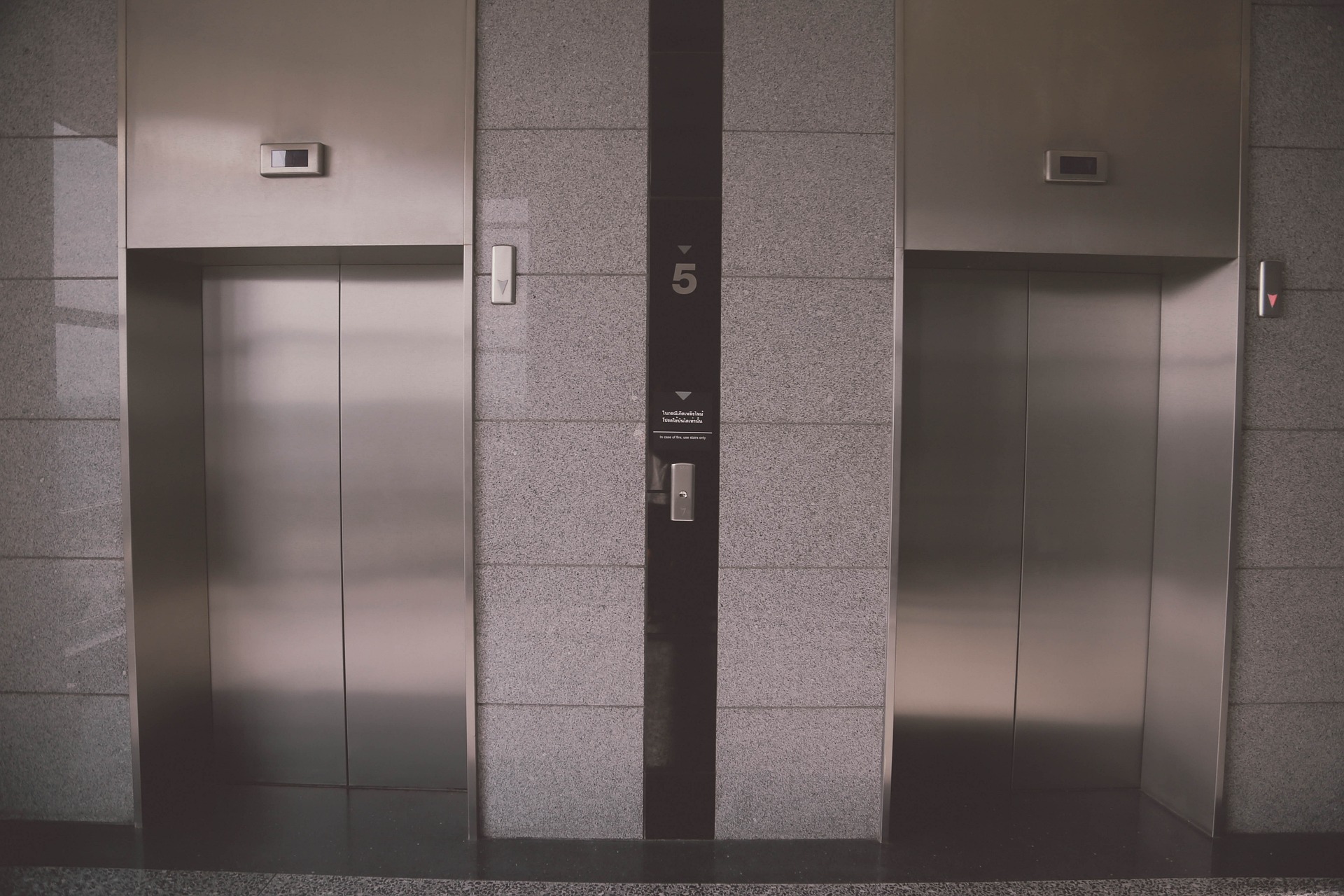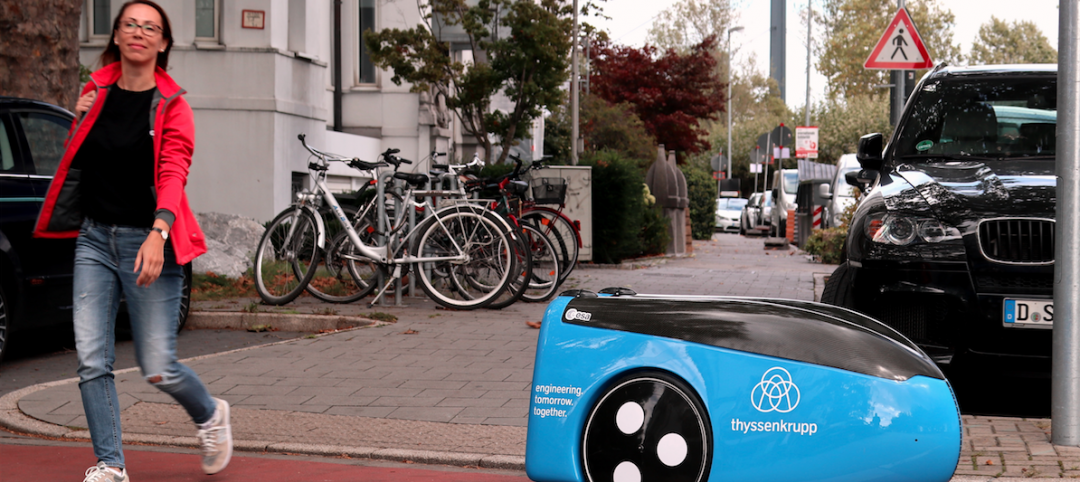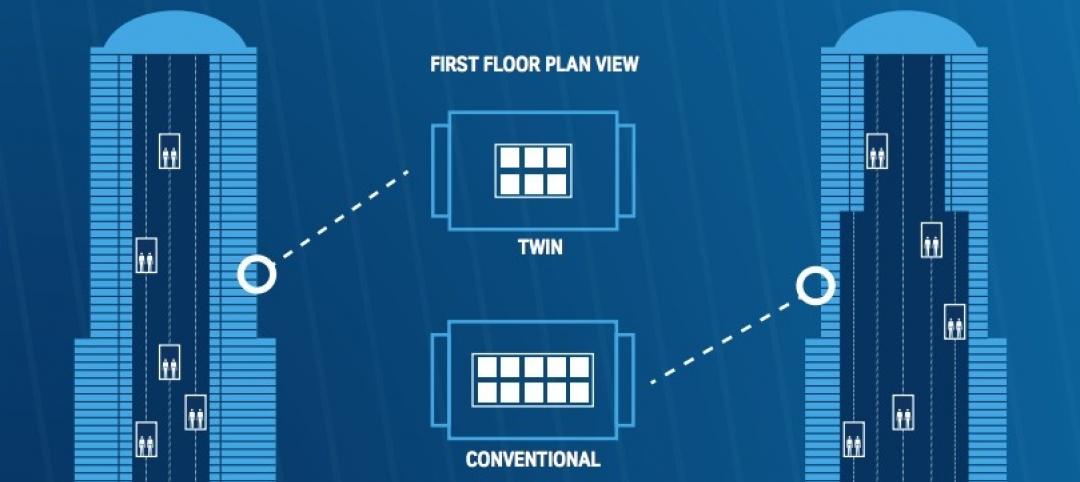Codes and regulations for elevators in the United States are a key factor in inflating costs of multifamily development, argues a guest columnist in the New York Times.
“Elevators in North America have become over-engineered, bespoke, handcrafted and expensive pieces of equipment that are unaffordable in all the places where they are most needed,” writes Stephen Smith, founder and executive director of the Center for Building in North America. “Special interests here have run wild with an outdated, inefficient, overregulated system.”
The U.S. has around one million elevators, the same amount of much less populated European countries Italy and Spain. Spain, Smith writes, has less than half as many apartments as the U.S., but has many more elevators in smaller multifamily buildings.
European elevator regulations allow for smaller units that accommodate one wheelchair and another person. U.S. standards demand units twice that size and discourage or prevent modular construction that could reduce costs.
A basic four-stop elevator costs about $158,000 in New York City, compared with about $36,000 in Switzerland, Smith points out. In addition, elevator standards are harmonized across Europe, but in North America, nearly 100 separate boards and jurisdictions regulate elevator safety.
Smith’s proposed remedies include:
- Adopting the European elevator standard to open the market to more competition and parts
- Allowing smaller elevators for small apartment buildings that are at risk of having no elevator at all
- Consider accommodating less credentialed immigrants like those who work in construction, as in the European Union
- Improve vocational and technical training in public high schools to supply the elevator industry with more native-born workers
Related Stories
75 Top Building Products | Apr 22, 2024
Enter today! BD+C's 75 Top Building Products for 2024
BD+C editors are now accepting submissions for the annual 75 Top Building Products awards. The winners will be featured in the November/December 2024 issue of Building Design+Construction.
Vertical Transportation | Aug 17, 2023
Latest version of elevator safety code has more than 100 changes
A new version of ASME A17.1/CSA B44, a safety code for elevators, escalators, and related equipment developed by the American Society of Mechanical Engineers, will be released next month.
AEC Tech | Apr 13, 2022
A robot automates elevator installation
Schindler—which manufactures and installs elevators, escalators, and moving walkways—has created a robot called R.I.S.E. (robotic installation system for elevators) to help install lifts in high-rise buildings.
Vertical Transportation | Feb 11, 2021
App from thyssenkrupp Elevator allows elevators to be operated via smartphone
55 Hudson Yards in NYC is the first building to pilot the technology.
Sponsored | HVAC | Feb 3, 2020
Reliable Building Systems Increase Net Operating Income by Retaining Tenants
Tenants increasingly expect a well-crafted property that feels unique, authentic, and comfortable—with technologically advanced systems and spaces that optimize performance and encourage collaboration and engagement. The following guidance will help owners and property managers keep tenants happy.
Sponsored | HVAC | Jan 6, 2020
Four Ways Building Systems Create Long-term Profitability
When accounting for the total cost of ownership and the potential return on investment, owners and developers should consider total energy usage, the lifespan of building systems equipment, the recruitment and retention of occupants, and lease rates.
Sponsored | HVAC | Jan 6, 2020
Maximize Energy Efficiency in Class A Office Buildings With Modern Building Systems
Energy-efficient building design starts with the building envelope, but the building systems have a tremendous impact on energy use as well.
AEC Tech | Jan 29, 2018
thyssenkrupp tests self-driving robot for ‘last mile’ delivery of elevator parts
“With driverless delivery robots, we could fill a gap and get spare parts from our warehouses to the jobsite faster,” said thyssenkrupp SVP Ivo Siebers.
Vertical Transportation | Apr 11, 2016
ThyssenKrupp Elevator develops TWIN system where cars share an elevator shaft
According to the developers, the system will handle more passenger traffic and save energy costs.
High-rise Construction | Feb 25, 2016
Kohn Pedersen Fox wants to build a mile-high tower in Tokyo
The tower would be the centerpiece of Next Tokyo, a mini city in Tokyo Bay adapted to climate change and rising tides.














